Insect questions? Thanks!
jim1961 / Central Pennsylvania / Zone 6
10 years ago
Related Stories

LIFEThank U 4 the Gr8 Gift: How to Send Thanks in the Digital Age
We click open invitations and RSVP via text, but a handwritten thank-you is sometimes still best. Here's how to tell
Full Story
GARDENING GUIDESNo-Regret Plants: 5 Questions Smart Shoppers Ask
Quit wasting money and time at the garden center. This checklist will ensure that the plants you're eyeing will stick around in your yard
Full Story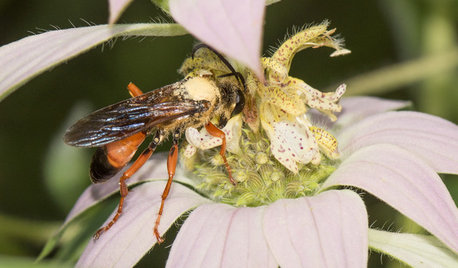
GARDENING GUIDESGreat Golden Digger Wasp: A Beneficial Flower-Visiting Insect
Introducing the great golden digger wasp, a colorful pollinator that also hunts foliage-eating insects
Full Story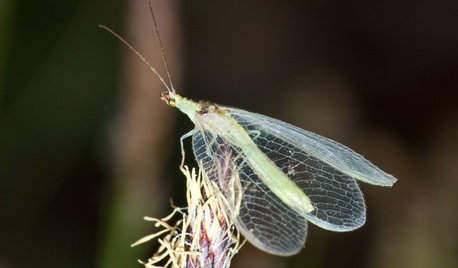
GARDENING GUIDESLook Out for Lacewings: Beneficial Insects Coming to a Garden Near You
Lacewings are delicate insects that produce alligator-like, hungry offspring that devour aphids and other garden pests
Full Story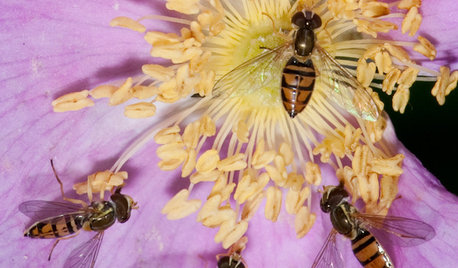
GARDENING GUIDESThis Fly Is One of the Most Beneficial Insects Around
Meet the syrphid fly, a colorful pollinator that also beats chemicals for controlling aphids and other garden pests
Full Story
GARDENING GUIDESOrganic Matters: Thwart Insect Pests With Trap Crops
Add a few sacrificial plants to your garden to lure insects away from the harvest
Full Story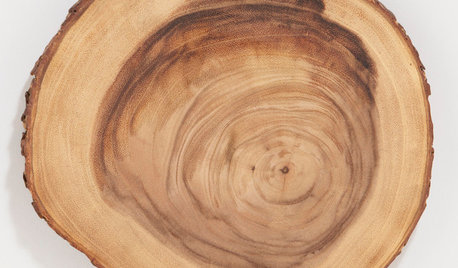
PRODUCT PICKSGuest Picks: Decorative Tableware to Be Thankful For
Reap gratitude from the whole family by setting out these thoughtful place cards, decorations and more for Thanksgiving
Full Story
KITCHEN DESIGN9 Questions to Ask When Planning a Kitchen Pantry
Avoid blunders and get the storage space and layout you need by asking these questions before you begin
Full Story
REMODELING GUIDES13 Essential Questions to Ask Yourself Before Tackling a Renovation
No one knows you better than yourself, so to get the remodel you truly want, consider these questions first
Full Story
Design Dilemmas: 5 Questions for Design Stars
Share Your Design Know-How on the Houzz Questions Board
Full Story





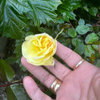
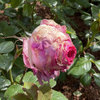
jerijen
jim1961 / Central Pennsylvania / Zone 6Original Author
Related Professionals
Surprise Landscape Architects & Landscape Designers · Beavercreek Landscape Architects & Landscape Designers · Graham Landscape Architects & Landscape Designers · Jennings Landscape Architects & Landscape Designers · Simi Valley Landscape Architects & Landscape Designers · Westwood Landscape Contractors · Bainbridge Island Landscape Contractors · Cicero Landscape Contractors · El Sobrante Landscape Contractors · Goodlettsville Landscape Contractors · Lyndhurst Landscape Contractors · Parker Landscape Contractors · Rio Linda Landscape Contractors · Wallingford Landscape Contractors · West Chicago Landscape Contractorsseil zone 6b MI
jim1961 / Central Pennsylvania / Zone 6Original Author
jacqueline9CA
jim1961 / Central Pennsylvania / Zone 6Original Author
henryinct
jacqueline9CA
seil zone 6b MI
jim1961 / Central Pennsylvania / Zone 6Original Author
floridarosez9 Morgan
jim1961 / Central Pennsylvania / Zone 6Original Author
jim1961 / Central Pennsylvania / Zone 6Original Author
nanadollZ7 SWIdaho